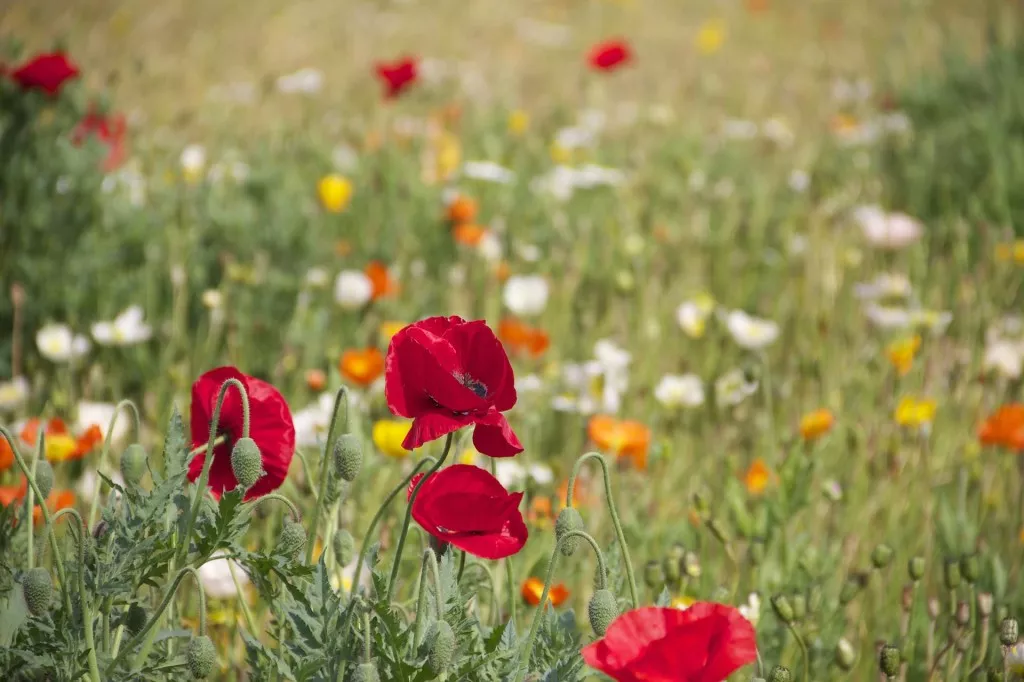How To Plant Your own Wildflower Garden

Wildflowers can provide the most romantic backdrop for summer evening sat outside with friends and loved ones. Although it is easy to assume that the plethora of multi coloured plants are only available to see in the middle of the countryside, that is not the case. In fact, it is relatively easy to plant and maintain your own wildflower garden for your home, and it is a great way to safeguard the future of native British wildflowers, whose numbers have seriously declined over the past few decades.
To start, all you need is a patch of lawn in a sunny, open position. Section off the area of your lawn that you plan on transforming, the most successful wildflower gardens occur on soils that are low in nutrients, so don’t worry about planting in an area that struggles to nourish other plants.
For a Naturalistic Appearance If you are looking for a subtle wildflower garden, then consider planting plug plants in autumn. In small drifts, dig a small hole for each plant before adding a little compost to the bottom to help the plant establish quickly. After watering well, you could also add some leaf mould around each plant as this helps to deter competition. Don’t cut the grass until the end of summer, as this ensures that your wildflower garden is set for the following year.
Using Wildflower Turf or Seeds If you want to create a wildflower garden on a patch of bare ground, then you can cheat and lay wildflower turf. This is naturally low in nutrients and is supplied in rolls, which you can lay as you would standard turf. It tends to contain 50% grasses and 50% native wildflowers, including bugle, yarrow, ox-eye daisy, birds-foot trefoil, and yellow rattle. Wildflower turf is available from a range of specialist suppliers.
Alternatively, you can sow wildflower meadow mix seeds directly in autumn or early spring, if you have a heavy clay soil then we would advise you sow your seeds in spring, as clay soil can get extremely hard and uninhabitable in the winter.
Wildflower seed packs vary depending on the overall result you are looking for. Some are a mixture of both grasses and flowers, whilst others are 100% wildflowers in a varying range of colours and heights, with native and non-native flowers available. Before sowing, fork over the soil and rake it, and then scatter the seeds throughout. Lightly firm the soil with the back of the rake, and keep an eye on the watering until germination has taken place.
If you would like to learn more about making your garden look stunning then take a look at our regularly updated blog for more gardening tips and tricks.

